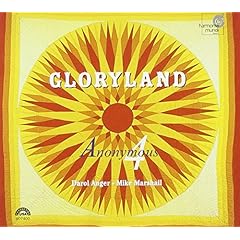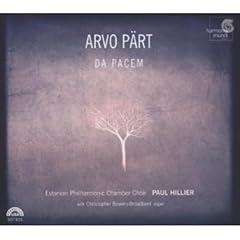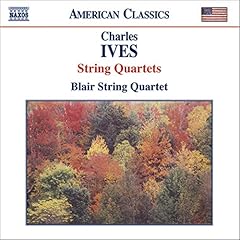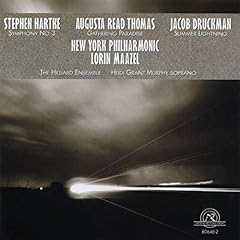 Morton Feldman
Morton Feldman
An 80th Birthday Celebration
Merkin Concert Hall
Saturday, October 28, 2006
I am perpetually late with birthday greetings. This past Saturday, as my wife and I entered the city for the Morton Feldman concert, I called my grandmother to wish her a happy birthday two days late. I felt a little better about myself when my wife pointed out that Morton Feldman’s 80th birthday celebration was being held a full nine and a half months after his 80th birthday.
I am just glad that the concert came together, though. The number of people who attended is a testament to Feldman’s influence over the years. La Monte Young and Marian Zazeela were unmistakably present – you can’t miss Young in his sleeveless biker jacket. Another composer known for longer than normal tones, Phill Niblock, was also in attendance. And Bunita Marcus, of course, who helped pull the whole thing together.
We arrived very close to show time. The doors were closed behind us, and we were told there would be no leaving the room except during intermission, due to the fact that the performance was being recorded. We took our seats, the lights dimmed, and Aki Takahashi walked on stage to loud applause.
Takahashi bowed, then sat at the piano. The applause quickly fell to silence, and Takahashi sat silent for a moment in preparation. The first piece was “Piano”, written in 1977. I am relatively familiar with the piece from recordings, but a couple of differences in the live performance struck me right away. First, it was apparent that I listen to Feldman’s music way too loud. I guess I knew this on some level, but during the performance it took a while for me to become accustomed to the low dynamics. While “Piano” has more dynamic range than many other Feldman pieces, the extreme quiet of the soft sections made the other noises around me – the coughing and even the breathing of the rest of the audience – much more pronounced. But that is part of the point, isn’t it?
The second thing that struck me in live performance was my anticipation of upcoming notes. In a recording of Feldman’s music, I never really make an attempt to anticipate the notes coming up. This is really great in the longer pieces, because of how Feldman plays with memory – my memory anticipates one thing based on something I heard ten minutes ago, but something else comes up to my surprise, even after I think I know the piece completely. In the live performance, though, I couldn’t help but watch Takahashi’s hands and anticipate the next notes to be played.
I overcame this with the second and last piece of the evening, “For Bunita Marcus,” by closing my eyes. I only thought to do this after I saw Bunita Marcus doing the same thing. I highly recommend this when listening to Feldman compositions live.
According to the program note by Marcus, one of the intentions of including these two particular pieces was to showcase the range of Feldman’s composition for piano. Where “Piano” deals with extremes – in register (or pitch) and in dynamics (or volume) – “For Bunita Marcus” stays in the middle and high registers, and relatively soft. The notes follow each other slowly, and hang in the air. Feldman’s interest in the decay of the sound itself is very apparent in this piece, whereas in “Piano”, there were more sudden stops, quick turns, a feeling of angularity. In “For Bunita Marcus”, the sounds floated about, slowly interacting. I could see why composers such as Young and Niblock, so intensely devoted to long tones and the interactions of sounds themselves, would be moved by this piece.
“For Bunita Marcus” ended to thunderous applause and a standing ovation. It seemed a little odd to have such a delicate, quiet piece end with such loud noise. I wonder what La Monte Young thought of this – at his performances, applause is strictly forbidden. I used to think this was an eccentric quirk, but now I think I get it.
After the applause died down, Bunita Marcus announced the reception on the upper floor. Unfortunately, I was not able to go to the reception after the show. If anyone was able to go, please comment below – I would love to hear what happened.
Both “Piano” and “For Bunita Marcus” were flawlessly performed, as one would expect from Takahashi, who has been playing Feldman’s music for over a quarter century. While I enjoyed the extremes of “Piano”, I loved the performance of “For Bunita Marcus”. In La Monte Young’s words–overheard as he addressed Bunita Marcus after the show, “That was a beautiful piece you inspired.”
 Who wants to review this Audio-DVD for Sequenza21? (Must actually write review.)
Who wants to review this Audio-DVD for Sequenza21? (Must actually write review.) 







 The advantage of calling the Kimmel Center’s new music series Fresh Ink is that “fresh” is relative, combining “new” with “refreshing” on this program of music for violin,
The advantage of calling the Kimmel Center’s new music series Fresh Ink is that “fresh” is relative, combining “new” with “refreshing” on this program of music for violin, 
